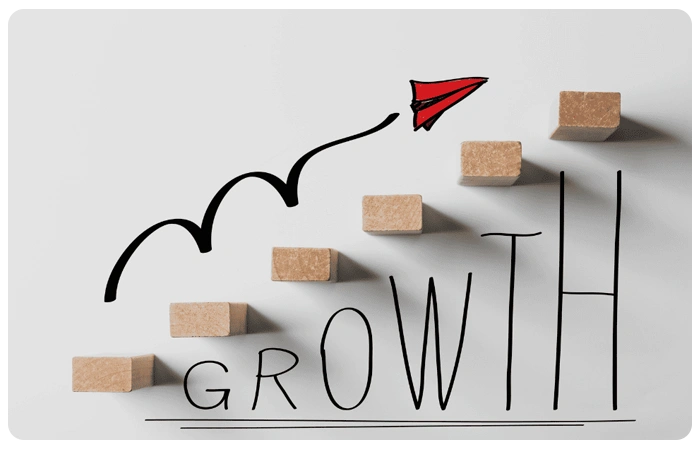The best email marketing service for small business is more than just a platform to send newsletters. It’s a tool to build stronger customer relationships, drive repeat purchases, and ensure long-term growth. With the right strategy, small businesses can achieve higher open rates, improve deliverability, and increase revenue without overspending.
In this guide, we’ll walk through 10 proven tips to build a small business email marketing strategy for increased open rates, complete with real-world examples and step-by-step advice.
Why Email Marketing Still Matters for Small Business
Even in 2025, email marketing remains the backbone of digital growth for small businesses. While social media depends on unpredictable feeds, email gives businesses guaranteed access to their subscribers’ inboxes.
On average, businesses earn $42 for every $1 they spend on email marketing, according to HubSpot. That’s why choosing the best email marketing service for small business isn’t optional, it’s essential.
With email, you can:
- Reach customers who already trust your brand.
- Reconnect with cart abandoners.
- Build loyalty with consistent communication.
This makes email one of the most cost-effective and scalable growth channels available.
1. Start with Clear, Measurable Goals
Every successful campaign begins with clarity. Instead of vague targets like “increase engagement,” define measurable outcomes. Examples include:
- Grow email-driven revenue by 20% in the next quarter.
- Convert 500 new subscribers into customers within 60 days.
The best email marketing service for small business helps track these goals through analytics dashboards, ensuring you can measure success at every stage.
2. Build a Healthy, Permission-Based List

Your strategy is only as strong as your list. Purchased or outdated lists damage your sender reputation and reduce deliverability. Instead, grow your email base through:
- Sign-up forms on your website.
- Checkout opt-ins.
- Lead magnets like eBooks or exclusive discounts.
Then apply segmentation. A skincare store, for example, might separate customers into skincare, haircare, and cosmetics groups, making emails more relevant and boosting open rates.
3. Create a Consistent Email Schedule
Consistency builds trust. If subscribers rarely hear from you, they may forget your brand, or worse, flag you as spam. The best email marketing service for small business allows you to set predictable schedules, whether weekly, biweekly, or monthly. By sending holiday promotions and timely reminders, you keep your audience engaged and connected to your business.
4. Deliver Content That Adds Value
Your emails should do more than sell, they should educate, engage, and inspire. Consider including:
- How-to guides.
- Behind-the-scenes stories.
- Case studies.
- Curated tips.
Great content improves trust and strengthens your reputation. To improve email deliverability for small business newsletters, keep designs clean, use mobile-friendly layouts, and personalize subject lines.
5. Embrace Email Automation Early
Many entrepreneurs assume automation is “too advanced” for small business. The truth? Automation is your best friend.
Start simple with:
- Welcome emails for new subscribers.
- Cart abandonment reminders to recover lost sales.
- Thank-you messages post-purchase.
Later, expand into re-engagement campaigns and product recommendation flows. Platforms like cmercury simplify the step-by-step email automation setup for small business SaaS without technical headaches.
6. Analyze, Test, and Improve

No campaign is perfect. Leverage email marketing analytics to track key performance indicators such as:
- Open rates.
- Click-through rates.
- Revenue per campaign.
Run A/B tests on subject lines, CTA placement, and send times. A data-driven email marketing strategy allows you to fine-tune campaigns and boost ROI.
Final Thoughts
The best email marketing service for small business isn’t just about sending emails, it’s about building a foundation for long-term success.
Here’s the winning formula:
- Set measurable goals.
- Build a segmented, permission-based list.
- Stick to a consistent schedule.
- Send value-packed, personalized emails.
- Use automation to scale efficiently.
- Track results and continuously improve.
By following these steps, your small business email marketing strategy will not only increase open rates but also foster lasting customer loyalty.

Disclaimer: This blog post was created with the assistance of Human Content Creators, AI and Search tools to help collect information, plan content, and ensure accuracy. We strive to deliver valuable and well-researched insights to our readers.
